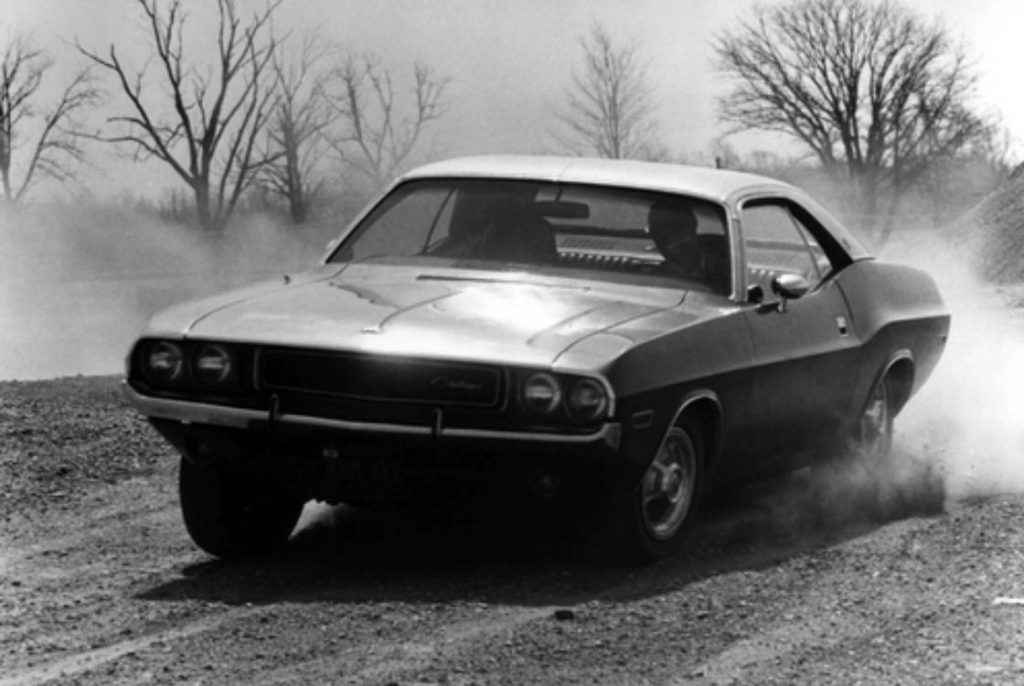
The 1970s was a time of great automobile design and high performance, which many Americans still remember fondly. This era produced some of the most iconic cars in history, including the 1970 Dodge Challenger. When it was introduced to the public in the fall of 1969, the car represented excitement and performance, offering the consumer a long hood design with a short rear deck that would appeal to the sports car enthusiast.
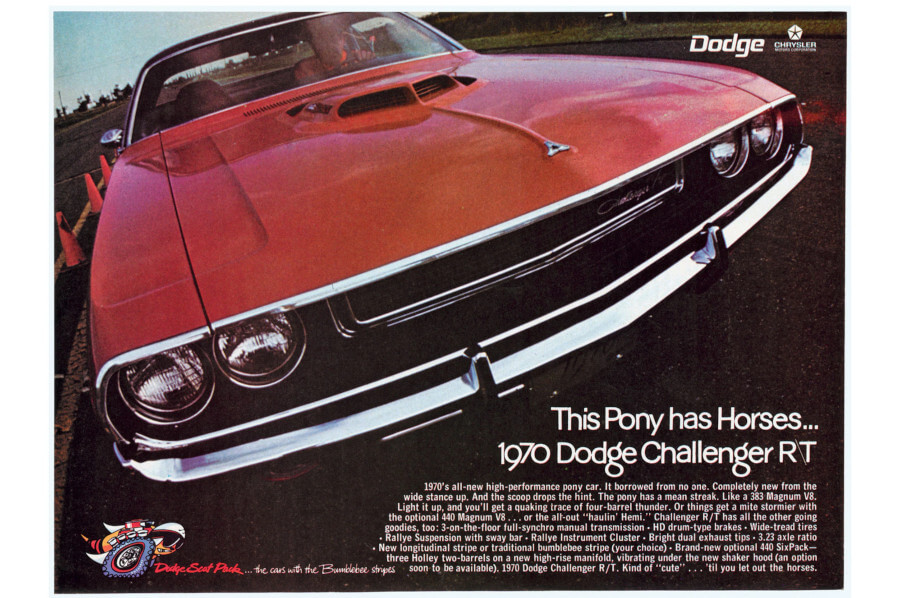
The 1970 Dodge Challenger
The 1970 Dodge Challenger and Challenger R/T models were very popular with the buying public. They offered a unique sheet metal design, from its wraparound bumpers to a smaller design window. Concealed windshield wipers, ventless door glass, post-type door latches, floating caliper disc brakes, automatic speed control, and bucket seat adjusters were all a part of the Dodge Challenger’s package. After their introduction, the 1970s Dodge Challenger body designs stayed pretty much the same.
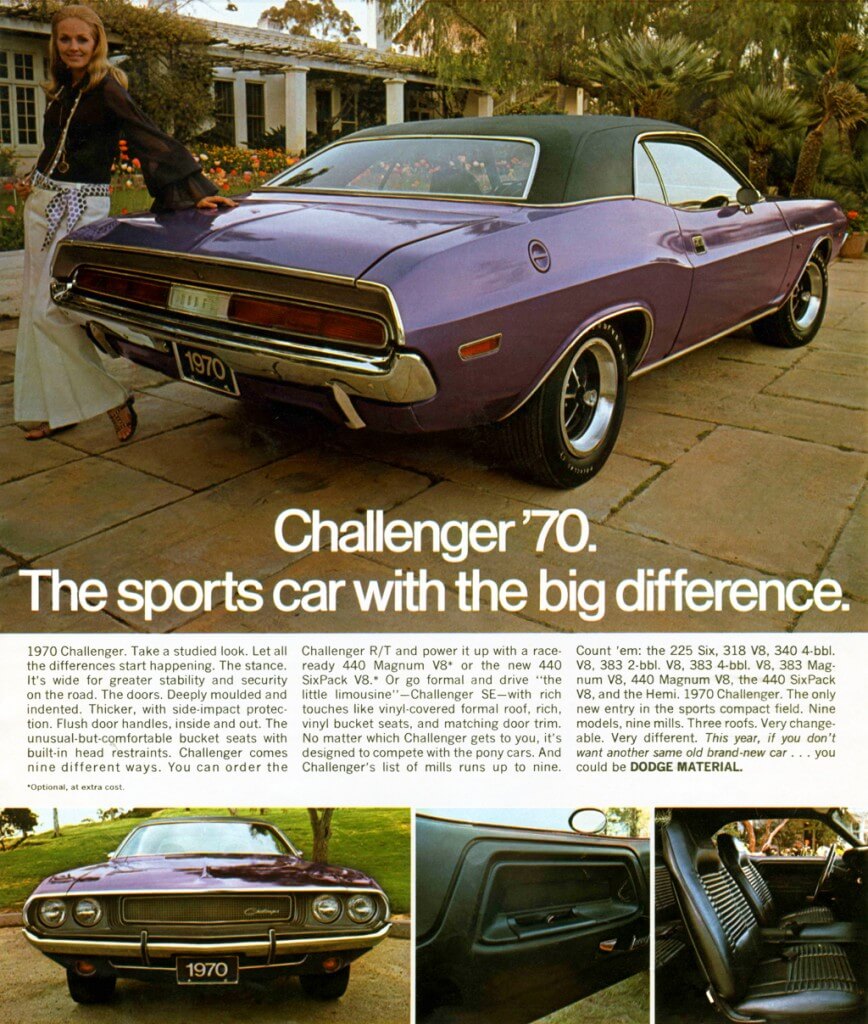
The Challenger was part of a new line of performance cars from the Chrysler Corporation, known as their “SCAT PACK” models, which also included the Dart Swinger 340, Super Bee, Charger, and Daytona models. Another popular Dodge Challenger model was the T/A, which stood for Trans Am. The Dodge Challenger T/A model was something special and a great looking model. They offered a 6-pack 340 engine with a rally suspension, front disc brakes, and many other great options.
Production and Manufacturing
Bob McCurry, Dodge general manager at the time, had announced that the T/A was scheduled to enter production in early March 1970, and the first 2,500 units were completed by mid-April. The 1970 Dodge Challenger models were officially introduced to the public on September 25, 1969.
The 1971 Challenger models offered the same basic body styles – hardtop and convertible –with very little changes, and Dodge manufactured 23,088 units for the year. That same year, a Dodge Challenger convertible represented Chrysler as the pace car for the 55th Indianapolis 500. The model was painted Hemi Orange and was very popular among race fans. The production 1971 Dodge Challenger convertible had a sticker price of $3,105.
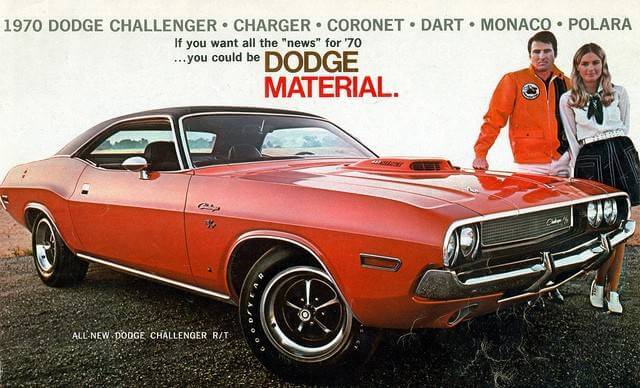
Racing
Dodge Challengers were also very popular on the racetrack. For example, the “Motown Missile” 1970 Dodge Challenger displayed great performance and became very popular among Chrysler fans. Chrysler engineers from the Drag Racing Research and Development group were very involved with the high-performance process. Don Carlton was the driver of the Motown Missile in the photo included with this story from the 1971 NHRA Spring Nationals in Dallas, Texas. The Dodge Challenger’s performance and popularity on the racetrack helped solidify its place as one of the great American muscle cars of the era.
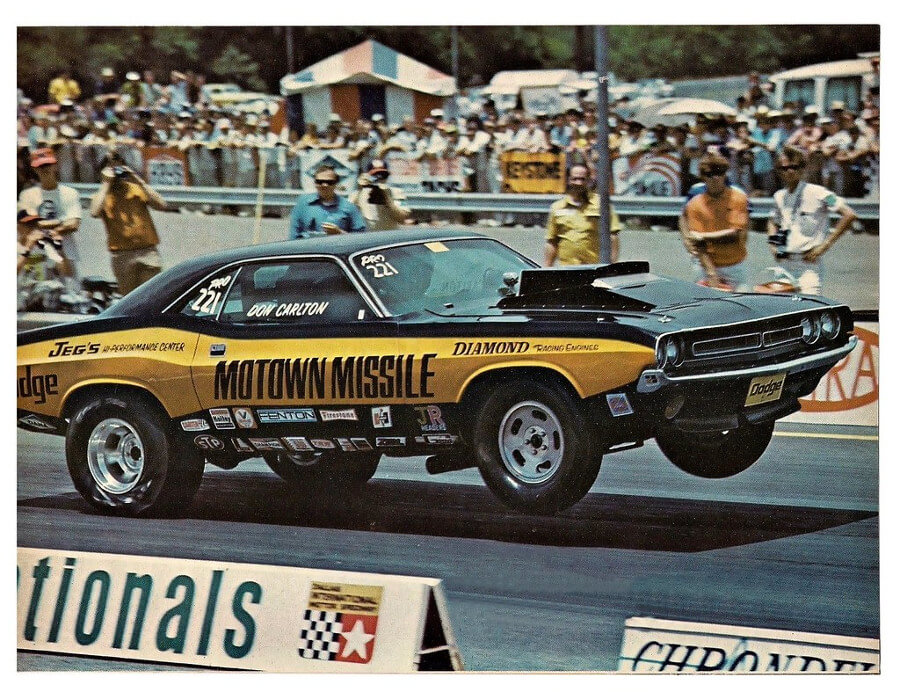
Reintroduction of the Dodge Challenger
Today, the Dodge Challenger continues to be a popular car, especially with younger drivers. The car has gone through several updates and modernizations to keep up with the changing times, but it still retains its classic muscle car look and feel.
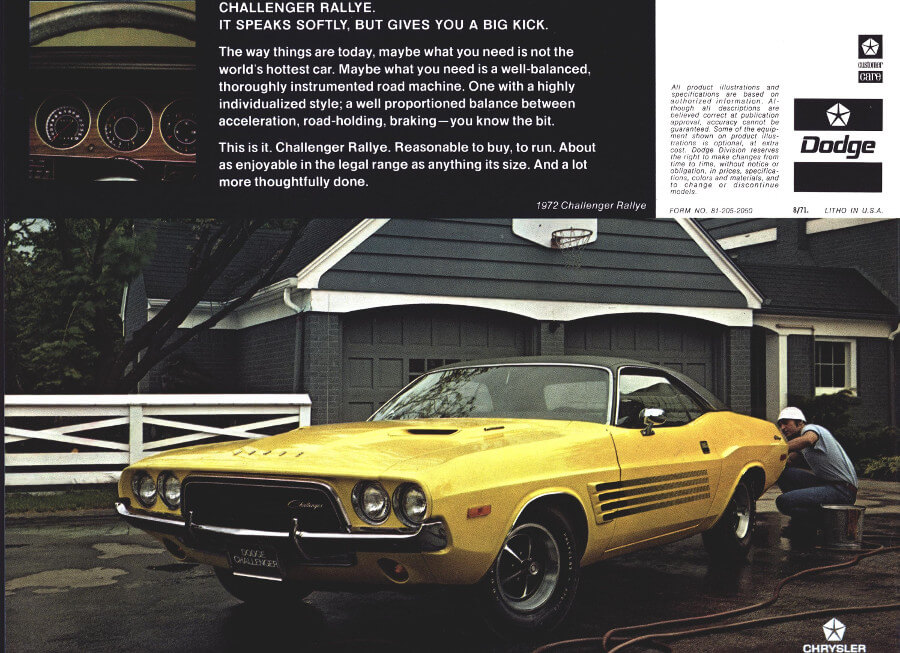
One of the most popular modern models of the Dodge Challenger is the SRT Hellcat Redeye. This car features a 797-horsepower supercharged V8 engine, making it one of the most powerful cars on the road today. Another popular modern Challenger is the Demon, which has a 840-horsepower engine and is capable of going from 0 to 60 in just 2.3 seconds.
Conclusion
The 1970s Dodge Challengers were a new line of performance cars that captured the hearts and imaginations of American car enthusiasts. These cars were known for their unique designs and powerful engines, and they remain an important part of automotive history today. The reintroduction of the Dodge Challenger in modern times has allowed a new generation of car enthusiasts to experience the thrill of driving a true American muscle car.

FAQs
- How fast can a Dodge Challenger go? A: The top speed of a Dodge Challenger depends on the model and year, but some models can go over 200 mph.
- What makes the Dodge Challenger different from other muscle cars? A: The Dodge Challenger is known for its unique sheet metal design and powerful engines, which set it apart from other muscle cars of its time.
- Are there any classic Dodge Challengers still around today? A: Yes, there are still many classic Dodge Challengers on the road today, and they remain a popular choice among collectors and car enthusiasts.
- How much does a new Dodge Challenger cost? A: The cost of a new Dodge Challenger varies depending on the model and features, but they typically range from $30,000 to over $80,000.
- What is the most powerful Dodge Challenger? A: The SRT Hellcat Redeye is currently the most powerful Dodge Challenger, with a 797-horsepower supercharged V8 engine.